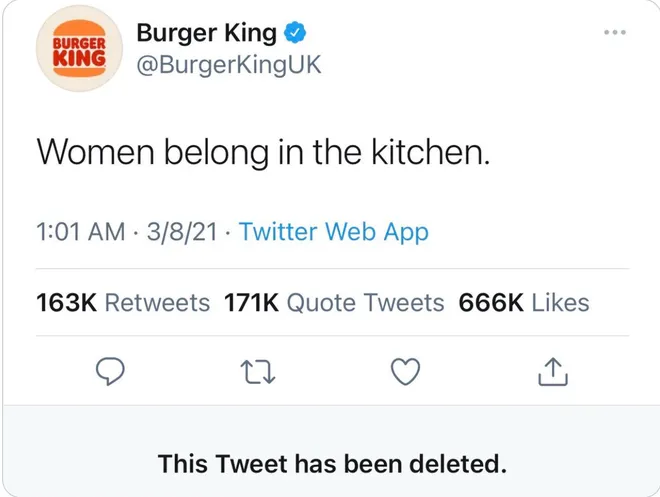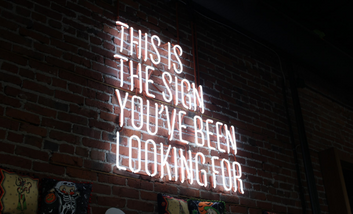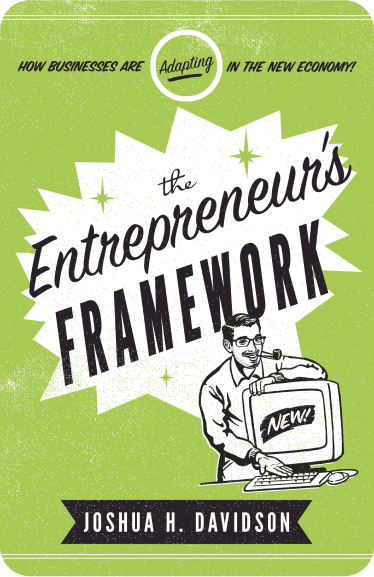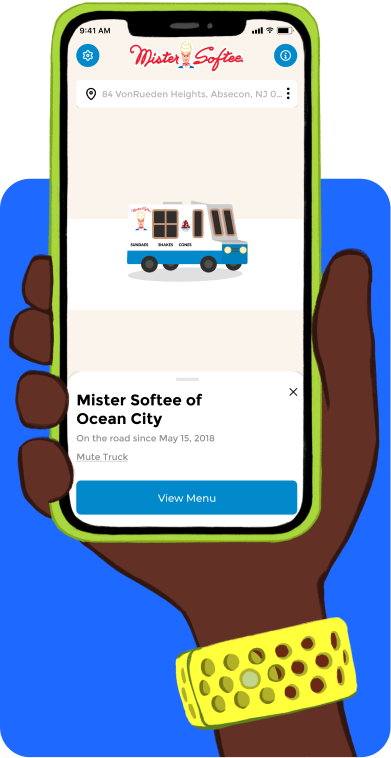There is no denying it. As social media has blended business, customer service, marketing, art, genuine relationships, and more, unhinged social media marketing has been on the rise.
But, what exactly do we mean by ‘unhinged social media marketing? Why has this been happening? Some say it can work as part of a digital marketing strategy. However, others say it’s just in bad taste.
Let’s take a look at some major corporations that have genuinely gone off the rails on social media.
Should you embrace this type of digital marketing strategy?
What exactly is ‘Unhinged Social Media Marketing’?
In this post, we will provide a lot of examples. This is something that has been happening on a wide scale for at least 5 years.
Essentially, unhinged social media marketing involves companies’ social media teams being chaotic, overtly sexual, or otherwise shocking. They may even appear to get into fights with customers or ‘have beef’ with other companies publically.
In general, a more traditional approach to social media marketing involves building a positive relationship with your audience. You want them to think you are a trusted authority, a supportive mentor, or a friend they can relate to via branding.
Of course, these are not the only types of positive brand voices which exist, but they are some of the most common ones.
However, in the past few years, some brands online have been taking other avenues. Instead, they do things that many deem ‘unhinged.’
Some Examples of Unhinged Social Media Marketing
In general, if you are attempting to run a branded social media account, anything you post becomes a part of your brand, and therefore your social media marketing.
So, it might seem almost incomprehensible that the social media accounts of some of these major corporations would post things like this. However, we will get into the reasoning behind it.
One of the most famous examples of unhinged branded social media use is when Burger King made headlines for this now-deleted tweet, on International Women’s Day in 2021.

Duolingo is another brand that is famous for its chaotic digital marketing content. This is generally effective, however, during the Amber Heard and Johnny Depp trial, the company came under fire for insensitive comments.
On what planet does a brand – even @duolingo – think it’s cool to crack jokes about an alleged victim of domestic violence? The Depp fandom bubble on TikTok is very real but no brand should get anywhere near it. pic.twitter.com/HvvtrKDoRg
— Chris Harihar (@ChrisHarihar) May 18, 2022
If you think it’s weird for a language-learning app that is personified as a chaotic owl to get involved in treating a domestic abuse case like it’s a television show, ostensibly to bank off a trending topic, you are not alone.
The company actually made an apology for this.
Some brands intentionally post controversial material or insert themselves into current events to take advantage of trending topics. Others flirt with NSFW content. Some even openly fight with other social media users to drum up attention.
Last year, the Radioshack Twitter account went viral. It suddenly started posting about sex, drugs, and other mature subjects out of absolutely nowhere.
sometimes i just feel like i should do more coke with @elonmusk
— RadioShack (@RadioShack) June 25, 2022
When it comes to accounts fighting with each other, for a while, Wendy’s was known for its snappy comebacks and even insulting other corporations. They went viral for ‘roasting’ people last year on National Roast Day.
So, why exactly are all of these brands doing this? And should you?
Why Are So Many Brands Embracing Insanity?
For one thing, the social media landscape is an attention economy. Millions of things are competing for the attention of users at once. And the fact of the matter is, bad behavior often generates clicks, shares, think pieces, and attention.
If people are talking about you, it essentially spreads your links and your brand for free. The old saying, “No press is bad press,” truly applies here.
There is actually some science to back up this tactic, even though many hate it.
According to EdifyContent:
The amygdala is the part of your brain that responds to surprise as well as interest and motivation. The brain scans new information for familiarity. If it recognizes the information, it knows how to respond. If the information is new or surprising or unexpected, the brain’s synapses light up like fireworks. If the information is boring, they don’t.
According to behavioral economist George Lowenstein, this plays into the Information Gap Theory of Curiosity. This gap is the space between what we know and what we want to know.
While he was a professor of Economics and Psychology at Carnegie Mellon, Loewenstein conducted many studies relating to the Gap Theory of Curiosity.
His goal was to discover the perfect strategy for triggering curiosity. He found that going against someone’s expectations and creating an information gap creates curiosity.
However, there are limits. If this need goes unsatisfied for too long, seems completely inexplicable, or is offensive enough, people will just move along. They will reject it instead of trying to figure anything out.
So, should your brand go crazy for clicks?
Let’s take a look at the pros and cons of this style of social media marketing.
The Pros of Becoming a Professional Shitposter
If done correctly, this type of content has a higher probability of spreading. There is a higher possibly of even going viral than other types of content.
It will provoke more reactions, more conversation, and potentially more followers.
Since the dawn of the internet and virality, a regular conversation has been that the internet rewards bad behavior with attention. Attention can translate to wealth and influence online.
We can see that in many of the influencers with the longest careers. Many of these people have done things in poor taste online and even taken part in scams and genuine crimes.
The fact of the matter is, that something that is shocking or unusual sticks out more in a highly saturated landscape. Millions and millions of things are competing for our attention every second.
Especially if you want to reach younger consumers, this can effectively capture their attention.
Almost all people under 40 in the US have grown up with influencers, companies, and celebrities constantly flooding the digital space with ads. They are more likely to find an unhinged approach more authentic, engaging, and refreshing, if it is properly executed.
Whether you can or should attempt this style of digital marketing largely depends on you. It hinges on what type of business you want to promote and who you want to reach.
The Potential Cons of Unhinged Digital Marketing
This style of marketing carries big potential rewards, but also big risks.
For one, when you blur the line between what is appropriate and what is not for the sake of shock value or comedy, it is really easy to cross the line.
In today’s highly politicized atmosphere, you can find that different groups of people are offended by opposing things. This means that it is impossible to engage in this style of marketing without alienating some people.
However, even if your brand remains perfectly neutral and traditionally professional, it is likely that someone will find some way to criticize you.
Regardless, shocking content can be a huge gamble. You intentionally create content that you know some groups of people won’t like. You hope that it will appeal to your demographic strongly enough to make up for the loss.
Take into consideration that a lot of people simply do not like this type of content at all.
Duolingo is one of the brands that is most famous for this type of content.
So, Is Unhinged Social Media Marketing Right For Your Brand?
This depends on what your business does, who you are trying to reach, and your own personal tolerance for risk.
The internet is a brutal place and many of the users are just as unhinged as those they criticize. Almost anyone who has gone viral online can tell you that high exposure can come with criticism, mocking, and even death threats.
If you don’t want to risk that, don’t intentionally open that can of worms.
Whether this style of marketing is right for you also depends on your organization, branding, and desired demographic.
Obviously, if you want to cultivate a brand as a thought leader or respected resource in your field, absurd dancing TikToks in costume are probably not the way to go.
However, if you are promoting a mobile kids’ game, it could be worthwhile to create the kind of zany and unexpected social media presence that kids would enjoy.
Some critics say that this type of marketing may have already hit its zenith and is on its way out. After all, Wendy’s has been doing this for over 5 years now.
Final Thoughts on Unhinged Social Media Marketing
Whether you love or hate this type of marketing, it makes a lot of sense that it exploded in popularity.
Over the last hundred years, marketing has largely relied on projecting false images of perfection to viewers. These images instill self-doubt and loathing in potential consumers, who believe the only way to correct that perceived insecurity is by purchasing something that will fix it.
However, any marketing tactic only works for so long, which is why trends change. Over the last 30 years or so, we have seen a shift to more inclusive and self-esteem-boosting marketing.
However, some modern consumers are tired of all of it. They don’t want to be told by companies that no one will love them if they don’t buy a weight loss product.
They also don’t want to be told that ‘only by buying a newly rebranded ‘lifestyle’ product that just happens to count calories can they really love themselves.’
They don’t want to feel like anyone is selling them anything. They want chaos.
But, do they still want that? And for how much longer?
The pushback is already starting, with some complaining that companies are just poorly copying Duolingo or Wendy’s and ruining the tactic.
It’s impossible to know what will come next. However, for right now, this tactic may be worthwhile for some types of businesses to explore. It is certainly not for everyone or a surefire ticket to success.
What do you think? Comment below.
Since 2009, we have helped create 350+ next-generation apps for startups, Fortune 500s, growing businesses, and non-profits from around the globe. Think Partner, Not Agency.
Find us on social at #MakeItApp’n®

















